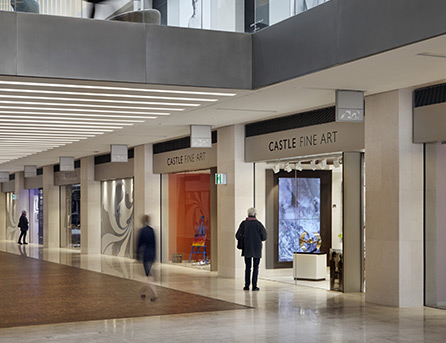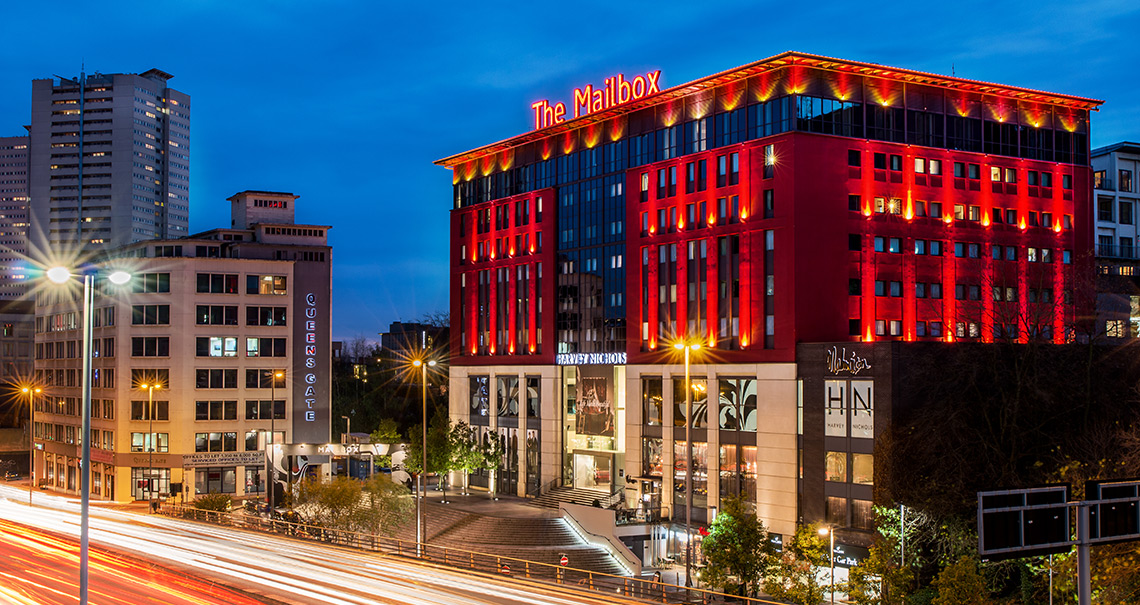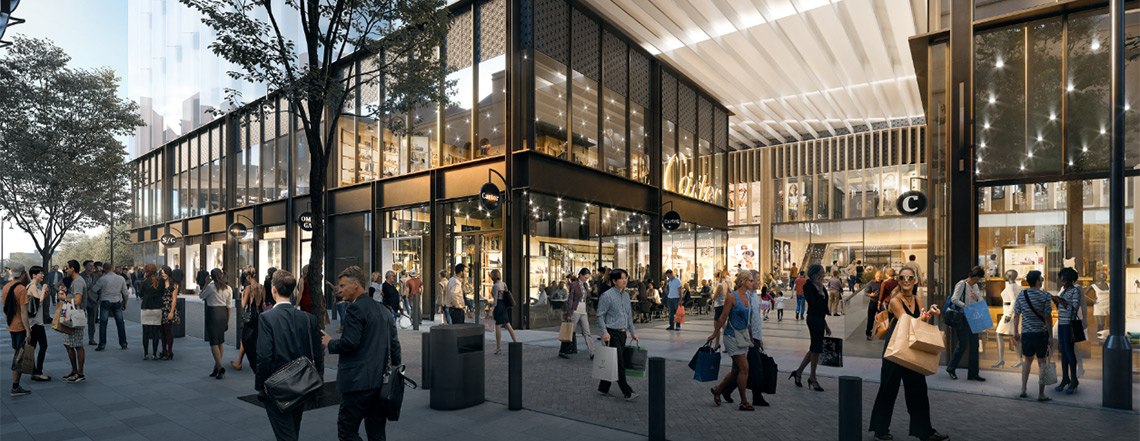
Why reuse favours innovation, viability and sustainability
Whilst the government seems intent on simplifying and streamlining the planning system with the aim of repurposing redundant property and increasing housing supply, it does feel like the economic reality is becoming ever more complicated.
One of the more poignant economic realities is how Covid-19 has shifted focus on the valuation metrics we use to determine the worth of our homes. The fact that transaction levels and house price inflation is now almost entirely detached from the economic reality of the deepest recession for over 300 years is not lost on me. No longer are our homes places we use on a part-time basis. They have become multi-purpose spaces where we work, rest and play, all within a 24-hour period, with rooms being flexibly repurposed in much the same way as our town centres have to be re-invented to better suit how we live and are likely to live in the future.
The ability to flexibly repurpose is at the heart of the recent changes to the planning use classes. Prescriptive single uses are no longer as relevant as they used to be and the way we use our buildings and land is changing rapidly. Single sector asset classes have left fund managers and investors exposed to some of these structural changes that Covid-19 has simply accelerated. Perhaps the most well documented is the significant over supply of retail space that will never be utilised in the same way or require the same quantum of space ever again. This has significant implications for how we use our high streets, places of work and shopping centres. So how should we approach this paradigm shift and repurpose these places in a more dynamic and sustainable way?
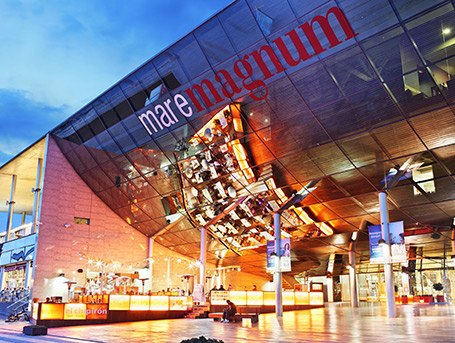
Firstly we need to genuinely collaborate! Only by bringing together best-in-class practises and design across multiple sectors and sub-sectors can we create the places that will sustain themselves through future socio-economic changes. I recall being in countless design team meetings where the sole purpose was to maximise the saleable or lettable area of the most valuable component of the scheme at the cost of almost everything else, including coherent design, sustainability and a recognition of the competing requirements of multiple uses. We need to break down this siloed approach whereby residential, retail, office and other uses are designed and delivered in glorious isolation and without context by sector specialists.
Yes, we must continue to make the best and most efficient use of the precious resource that is land, but this doesn’t have to be solely by maximising the floor space of the use class with the highest end value. The aggregating effect of a well-designed, brilliantly executed development with inherent compromises being made by the sector specialists will create a place which endures and appeals to all the occupiers, be they people looking for a home or a business seeking flexible workspace. I am now seeing this put into practice with forward thinking landowners, collaborative professional teams and an understanding that longer-term value is best created by designing and delivering resilient mixed-use developments.

The alternative is a profitable but soulless development with retail remaining vacant, amenities closed off to the public and little recognition about what genuine placemaking and community creation means. In much the same way as prescriptive planning, use classes are becoming less relevant so mixed-use developments must be planned and delivered to genuinely integrate these uses and bring together specialists in their field who are willing to compromise in the name of enduring placemaking. In this way context takes priority and the spaces we spend so much time, effort and money to deliver are actually used as often as they possibly can be. Why provide a gym for the residents’ or office workers’ exclusive use? How many days in the
year is the rooftop terrace for the office element used? Is the community facility only used on a Thursday evening? Consider what shared amenities will be used most comprehensively by the majority of people and create places for people to interact and enjoy. Surely that’s the measure of success, not building space that’s under-utilised?
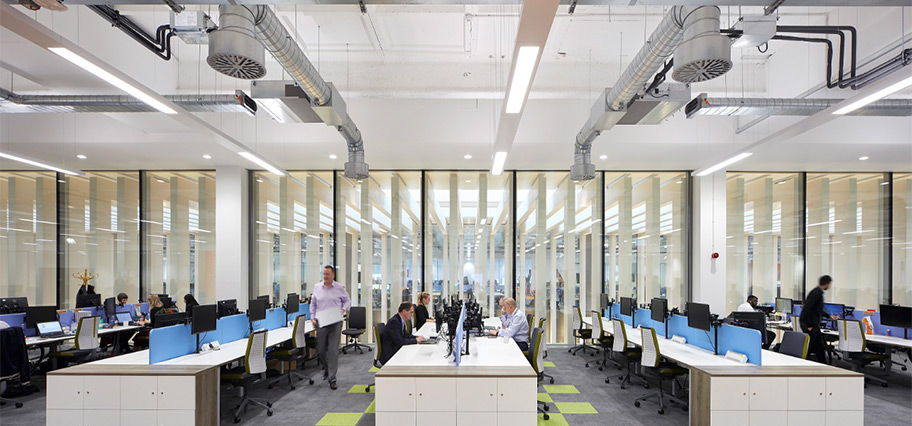
As we integrate multiple uses we must also understand the sub-sectors within them and avoid treating them as uniformly the same. The term ‘residential’ encompasses an array of variations. As Sir Oliver Letwin pointed out in his 2018 review, “…the homogeneity of the types and tenures of the homes on offer…and the limits on the rate at which the market will absorb such homogenous products, are the fundamental drivers of the slow rate of build out”. Rental homes, later living homes, affordable homes, open market homes for sale, co-living etc all have their place and large-scale mono-tenure developments will surely become less relevant in how we define sustainable places with diverse and vibrant communities. Providing these homes alongside other complimentary uses and co-ordinating the services and amenities that all these provide will create cohesive places that serve all our needs.
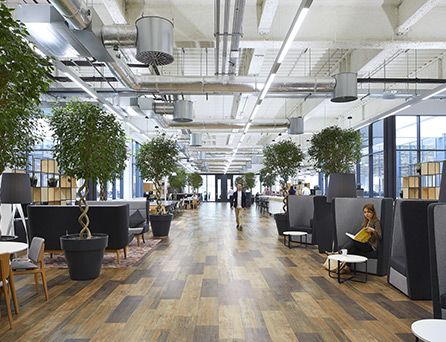
In order for these more collaborative opportunities to become reality we need to grasp the nettle when it comes to valuations, planning, development and asset management. It has been a relatively recent shift in focus by fund managers in seeking more diverse weightings across all sectors and, in particular, alternatives. So are we now seeing the death of the single sector asset class? It is certainly less popular but I don’t believe this will be a universal truth as there are some uses that simply create more fundamental compromises than I’m advocating such as large-scale distribution warehousing. However, let us embrace the resilience of multi-sector assets. Yes they require more complex planning and execution,
more intensive management, involved facilities management and multi-sector expertise but the result isn’t a binary one, namely have I got a tenant profile with sufficient covenant strength on FRI leases or haven’t I? In recent months I have relished dealing with all of these challenges and finding a route through with the experts in their field and forward-thinking property owners. This is ultimately the difference between these opportunities being realised or holding them in passive abeyance hoping the market will provide the solution. Based on my experience I see this trend of sustainable repurposing continuing unabated and look forward to taking these schemes through planning and into delivery.
